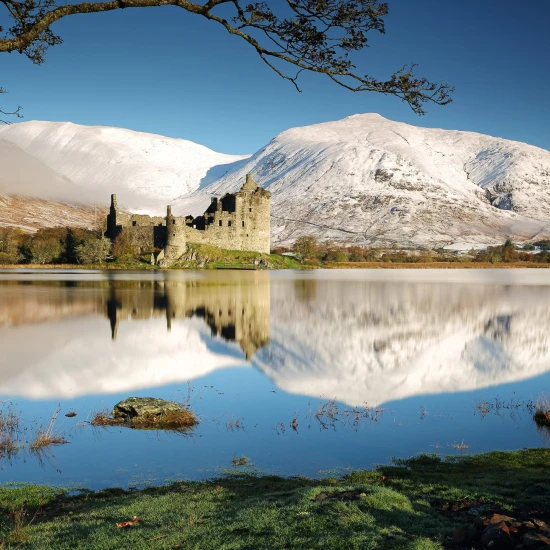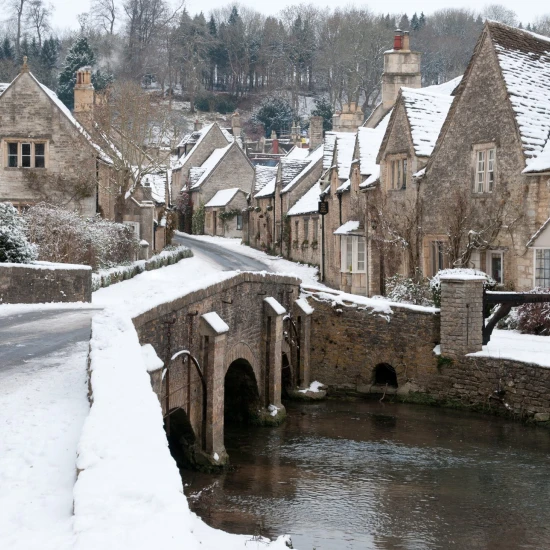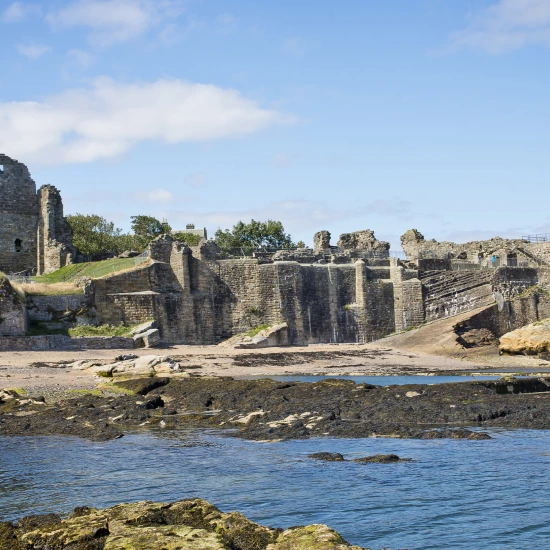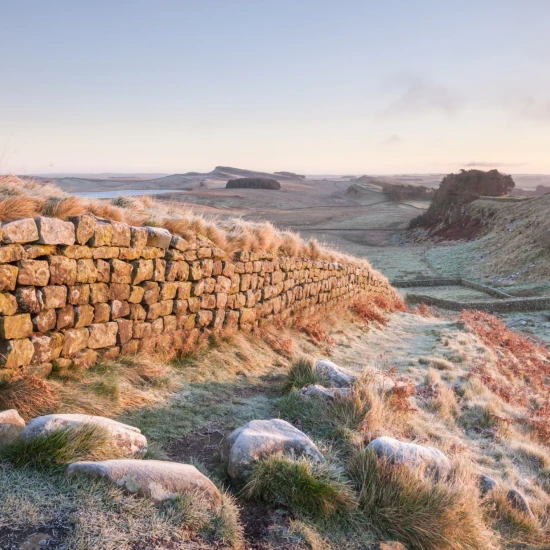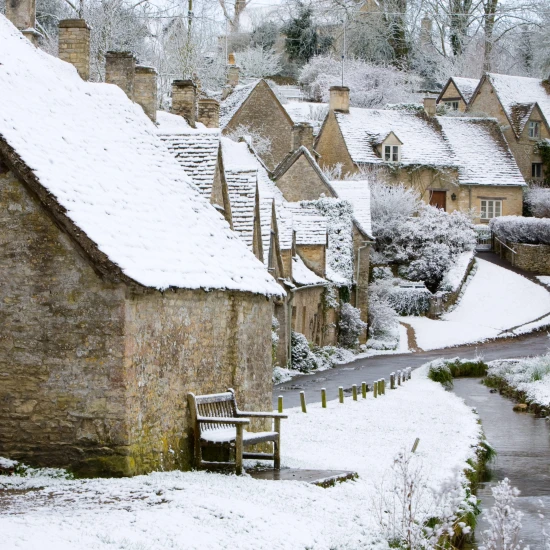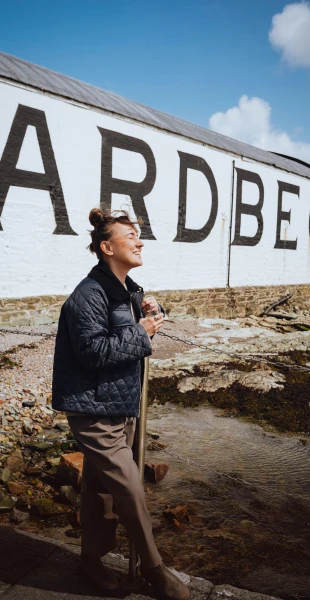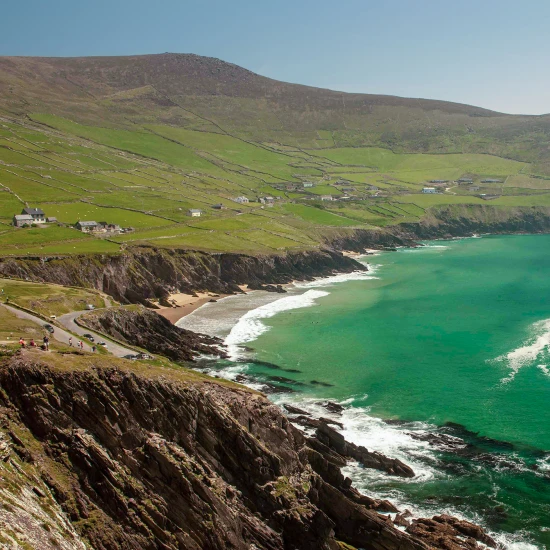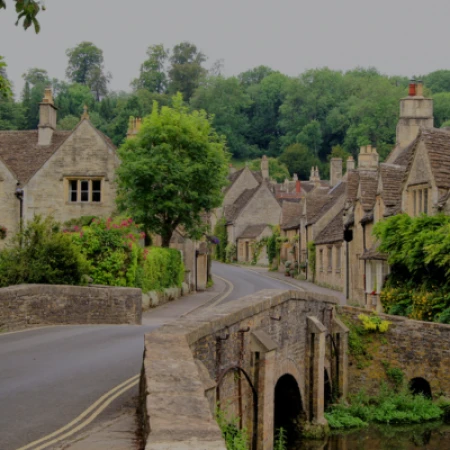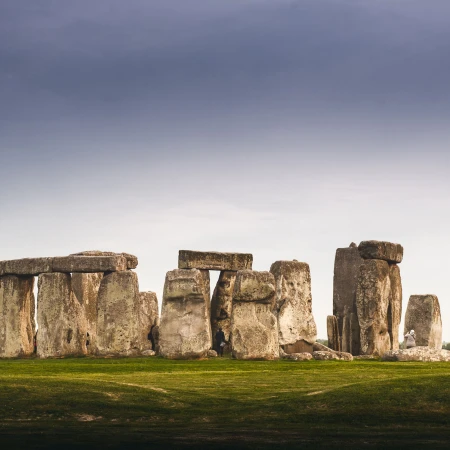Some of the data collected by this provider is for the purposes of personalization and measuring advertising effectiveness.
activity;register_conversion=#;#=#PendingMaximum Storage Duration: SessionType: Pixel Tracker
IDEUsed by Google DoubleClick to register and report the website user's actions after viewing or clicking one of the advertiser's ads with the purpose of measuring the efficacy of an ad and to present targeted ads to the user.Maximum Storage Duration: 400 daysType: HTTP Cookie
gmp\conversion#PendingMaximum Storage Duration: SessionType: Pixel Tracker
pagead/1p-conversion/#/Tracks the conversion rate between the user and the advertisement banners on the website - This serves to optimise the relevance of the advertisements on the website. Maximum Storage Duration: SessionType: Pixel Tracker
pagead/1p-user-list/#Tracks if the user has shown interest in specific products or events across multiple websites and detects how the user navigates between sites. This is used for measurement of advertisement efforts and facilitates payment of referral-fees between websites.Maximum Storage Duration: SessionType: Pixel Tracker
ddm/activity/src=#PendingMaximum Storage Duration: SessionType: Pixel Tracker
_gcl_auUsed to measure the efficiency of the website’s advertisement efforts, by collecting data on the conversion rate of the website’s ads across multiple websites.Maximum Storage Duration: 3 monthsType: HTTP Cookie
_gcl_lsTracks the conversion rate between the user and the advertisement banners on the website - This serves to optimise the relevance of the advertisements on the website. Maximum Storage Duration: PersistentType: HTML Local Storage









